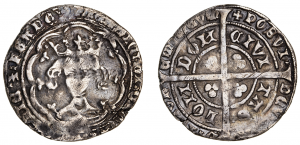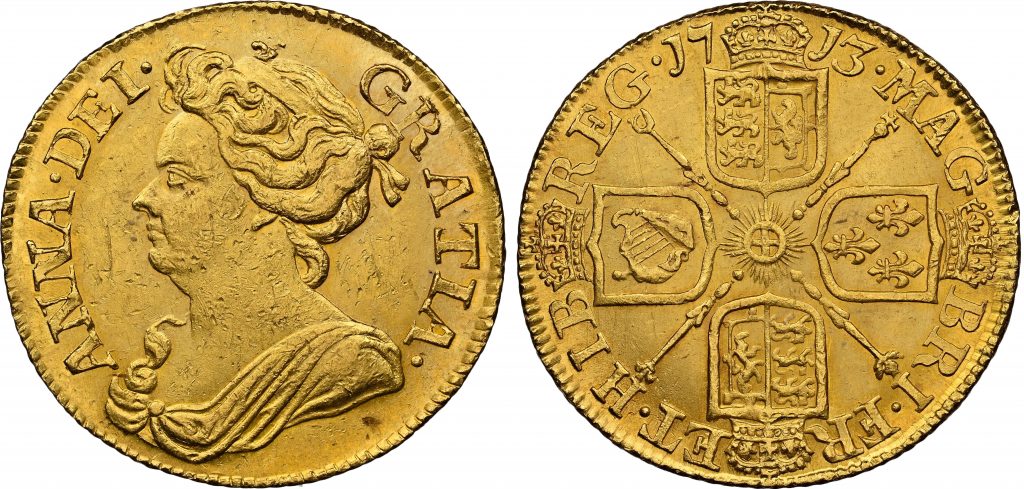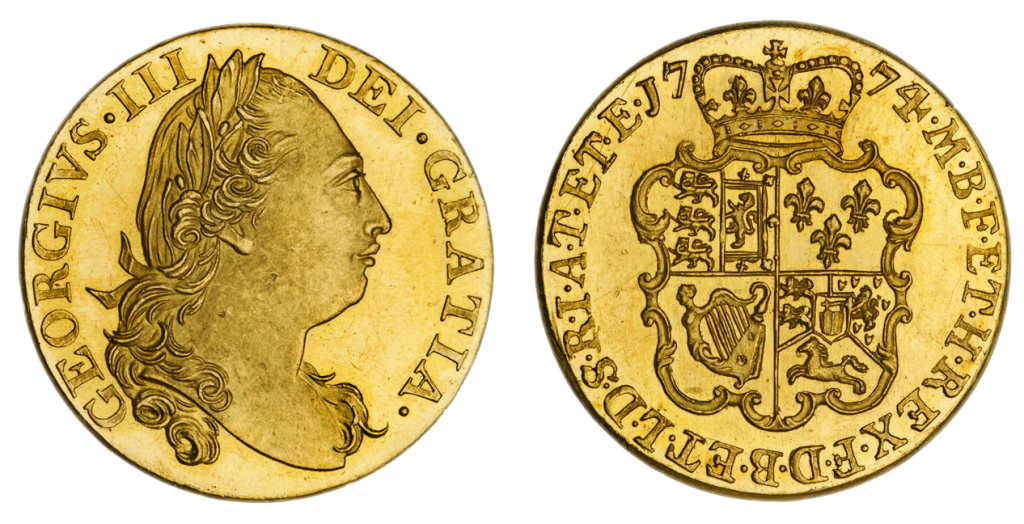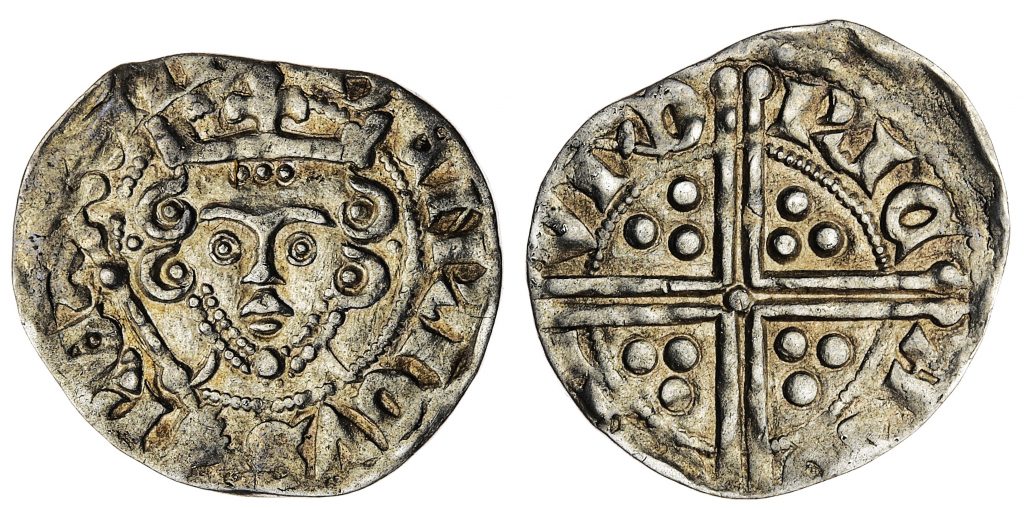british and world coins winter sales in london
In January, the Coin department in London held two sales of British and World Coins and Medals. The first was a room sale on the 9th, in which we were proud to set a formidable precedent as the first auction of 2025. Another marathon sale no less, which resulted in a hammer total of over £700,000 (119% against the low estimate), with a very pleasing sale rate of 96%.
There were fierce bidding wars throughout the day, mostly heralding from activity on SpinkLive, across a wide range of numismatic categories. Once again this sale highlighted the importance of a fruitful provenance hunt. The Hartland Collection deserves a particular mention here, with early tickets resulting in soaring prices. Totalling £57,000, the collection sold for over three times the collective low estimate – a mightily impressive figure when we consider the small tickets were nearly thrown away by the vendor! Lot 106, a Light Coinage Groat of Henry IV, with a provenance dating back to the Alexander Durlacher sale at Sotheby’s in March of 1899, sold for £4,800 against an estimate of £600-£900.

Another coin which proves the provenance point, was Lot 163, a Charles I Civil War Shilling of “Beeston Castle”. At first glance, it even had our specialists doubtful of authenticity, but a few hours down in the Spink archive quickly had us excited. We were able to track the journey of this little piece of silver plate, through the fabled cabinets of collectors including Clonterbrook, Lockett, Brand, Bliss, Webb all the way back to the collection of Robert Marsham-Townshend, sold at Sotheby’s in November 1888 for the sum of £30.0.0. Over 130 years on, the coin went on to make over 1000 times that price – £36,000 with buyer’s premium included.

There were pleasing results in the general English Milled section of the auction, including a 1911 Long Set (Lot 454), which sold for £26,400 against an estimate of £12,000-£15,000; Lot 279, an Anne Guinea of 1713 graded MS62, which sold for £15,600 against an estimate of £6,000-£10,000; and a PF63+ CAMEO George III Guinea of 1774 (Lot 305), which stormed past its estimate of £4,000-£6,000, and sold for £13,200.
Other named collections stood out too, with the next offering of the Isladulcie Collection, (comprising choice hammered silver) selling for over double the low estimate at £21,500, and the white glove Paternoster Collection going for just under £125,000, against a low estimate of £73,500.



Looking ever so slightly further afield, we had some great results for the beaul Scottish specimens, including Lot 477, a James II, Lion of Ten-Shillings for £9,000; Lot 479, a James VI, Sword and Sceptre Piece of 120-Shillings for £6,600; and most impressively Lot 478 – a Mary I Half-Lion of 22-Shillings from 1553 which sold for a tremendous £18,000 against an estimate of £8,000-£12,000. Such results bode well for other Scottish and Irish collections that we have in the pipeline for the coming year. We would like to thank all 600+ bidders for their participation in this so-called ‘Winter Warmer’, and we look forward to seeing you all online and in-person at the start of April for the new rostrum rousing.
